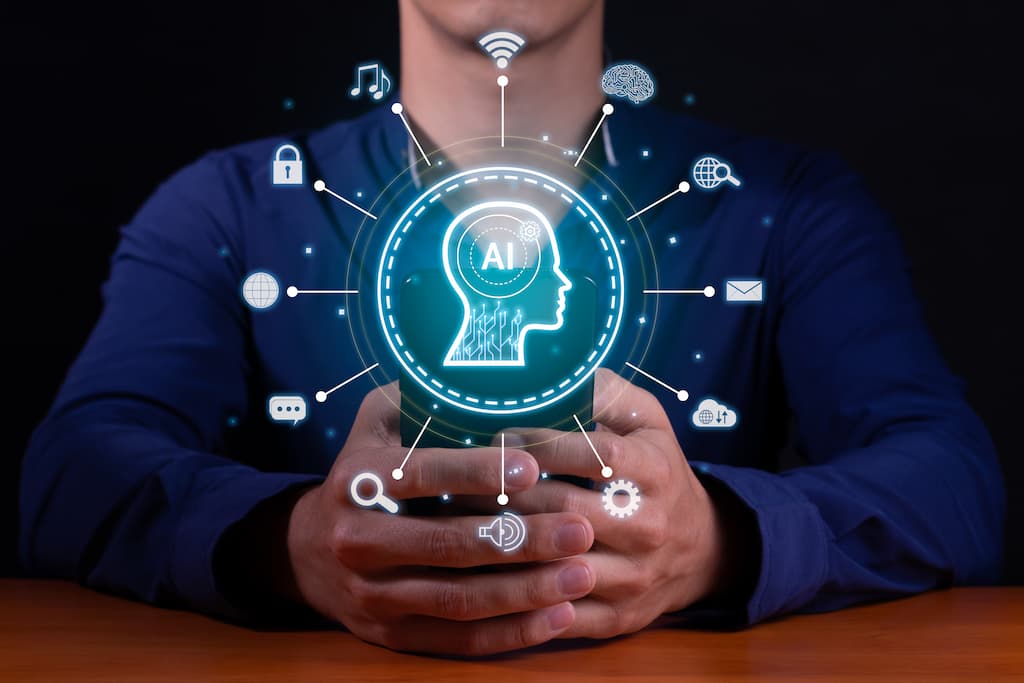A legal challenge at the heart of technological innovation
Artificial intelligences (AI) no longer simply perform tasks: they design, optimize, solve, and sometimes... invent. In certain fields, such as chemistry, engineering or health, AI systems have come up with novel technical solutions. It's only a short step from there to considering these inventions patentable. But who can be the inventor? And above all, what does the law say? This article provides a clear and accessible overview of this complex and fascinating issue.
What patent law says today
Conditions for obtaining a patent
A patent is an industrial property right that protects a technical invention for 20 years. To obtain a patent, three cumulative conditions must be met :
- The new
- Inventive activity (what we might call non-obviousness)
- An industrial application
This definition, found inarticle L611-10 of the French Intellectual Property Code (CPI), is also used in European and international conventions.
The inventor must be human... for now.
A fundamental principle governs patent law in France and Europe today : only a natural person can be designated as the inventor. AI, which is not a person, cannot be the owner of a right.
This position has been confirmed by several authorities, including theEuropean Patent Office (EPO), which in 2020 refused a patent application where the declared inventor was an AI named "DABUS". The reason? The inventor must be a human being, the only one capable of creative intent.
Is there a way around it ? Three cases to be distinguished
AI as a simple tool: possible patent
If an AI is used as an aid, for example to sort data, suggest structures or optimize a design, the invention is the result of human work assisted by the machine. In this case, there is no difficulty: the human(s) who piloted the process can be considered inventors, and patenting is possible.
AI as co-author: a grey area
Things get more complicated when an AI plays a central role in the invention. If it autonomously proposes a novel solution, but the human retains some form of supervision or validates the result, the qualification of human inventor can be debated. Who is really behind the invention? The debate is open.
AI as autonomous inventor: patent impossible today
When an AI generates an invention without direct human creative intervention, the law today does not allow it to be recognized as the inventor. No natural person can be identified as the intellectual author of the invention. As a result, the invention may not be patentable... and may fall into the public domain.
Should the law be changed ? Possible solutions
The proposal for a sui generis right
Some experts envisage the creation of a sui generis right, specific to AI-generated inventions. This would be a legal system parallel to the patent, with adapted conditions of attribution and duration. The holder could be the owner of the AI, its developer, or its user, as the case may be. This solution would have the merit of guaranteeing protection while adapting to technological reality.
Towards indirect recognition of the inventor ?
Another approach would be to attribute inventor status to the programmer, or to the user, depending on the level of human intervention in the creation. This would extend the notion of invention to situations where human creativity is diffuse, or even absent, but where human responsibility exists.
The risk of a legal vacuum and its consequences
Uncertainties for companies
Companies investing in creative AI can find themselves faced with a legal paradox: an invention that is technically brilliant, but legally unprotectable. This raises major economic issues, particularly in terms of the valuation of intangible assets.
A risk of litigation and piracy
Without patent protection, an invention can be freely copied. This poses a risk in terms of business secrecy, loss of competitive advantage, and incentive to innovate. In the absence of a patent, other legal mechanisms (confidentiality, contracts, know-how) must be mobilized, but they do not offer the same level of protection.
The European Union and the AI Act
TheAI Act, which will come into force gradually from 2026, imposes greater transparency on AI training, but does not yet modify patent law. In particular, Article 53 of the regulation requires a summary of the learning data used to train models. A more ambitious reform may follow in the medium term.
A framework that needs to be adapted, but not rushed
The question of the patentability of AI-generated inventions raises technical, economic and ethical issues. Although the law is not yet adapted to these new forms of creation, it could evolve, provided a balance is maintained between encouraging innovation and legal certainty.
To date, a totally autonomous AI invention cannot be protected by a patent. But as soon as a human plays a decisive role, protection is possible, provided the classic criteria are met.
Pending reform, it is essential for players in the digital and innovation sectors to carefully document their creative processes, secure their rights contractually, and remain attentive to changes in legislation and case law.
